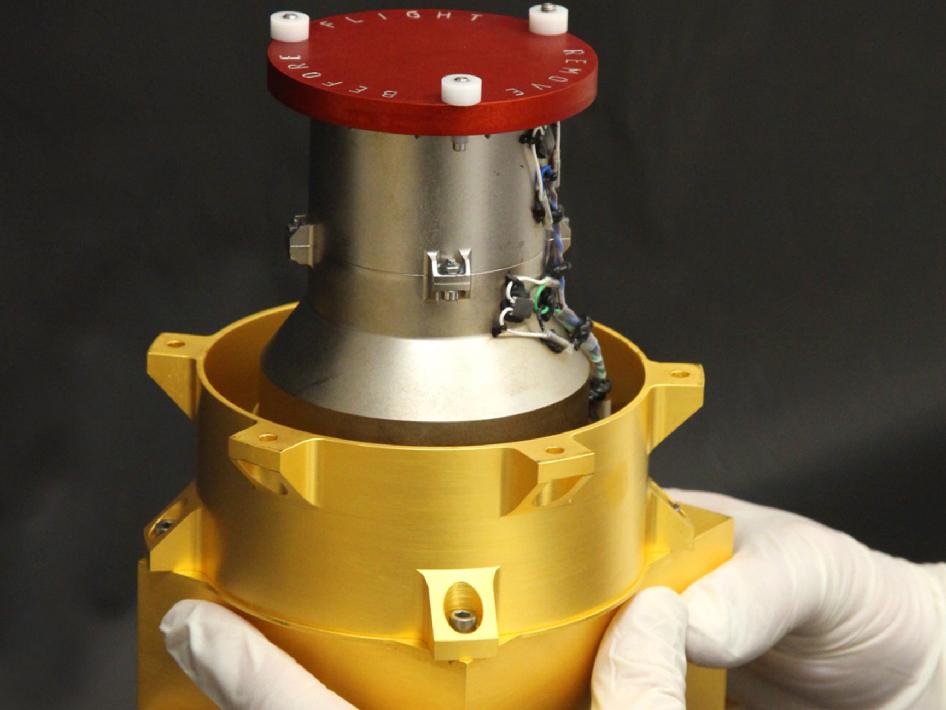Curiosity's Tools
Curiosity has many scientific instruments inside it. All of them are expensive and are state-of-the-art technology. Here are some of the most important tools.
APXS
The Alpha Particle X-ray Spectrometer or APXS measures the amount of chemicals in rocks and soil. It sends x-rays through the mineral to determine which kind and how much of what chemical is in the mineral. The APXS can take up to three hours scanning substances and is less sophisticated than the CheMin ( another chemical examiner ).
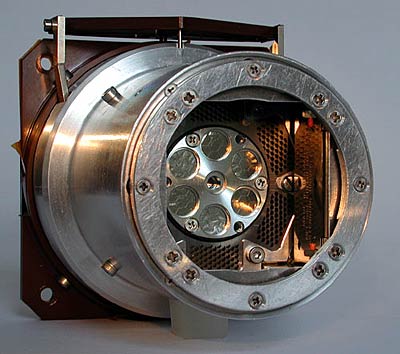
CheMin
The Chemistry and Mineralogy instrument or CheMin has the similar role of the AXPS. They both analyze soil and rock samples to determine the hidden minerals. However, CheMin's main role is to search for all life-essential substances like water or carbon. CheMin sends through x-ray laser beams finer than a human hair. Since different minerals have different properties, the x-ray beam will either go through or bounce off each mineral differently. Unlike the AXPS, CheMin uses the jackhammer drill attatched to the robotic arm to deliver powdered samples to a separate container. The AXPS requires no powdered or separate samples, it just examines the whole rock by attatching the lasser beam emitter part to it.

REMS
The Rover Environmental Monitoring Station will measure and report the weather status on Mars continuously. It will report athmospheric pressure, ultraviolet radiation, humidity, speed and the direction of the wind on Mars, and air and ground temperature around the rover. Small sensors will detect dust storms and tornadoes as well. Curiosity's deck will partially be covered in an array of detectors that are connected to the REMS. They will measure the amount of sunlight in Curiosity's area. This instrument is provided by the Spanish government to NASA.

MAHLI
The Mars Hand Land Imager is the most advanced and powerful recording camera in the world until 2012. It can capture images up to 1600 by 1200 pixels and high color quality. It can focus at infinity and has 13.9 micions per pixel. MAHLI is placed on top of a robotic arm that overlooks the whole rover. During night, MHALI turns on its LED lights, and it can also use special ultraviolet lights to look for materials that react to ultraviolet rays. It will autofocus any picture or video. If commanded, it can also make a 3-D map of the areas it explores by taking multiple pictures and joining them together. One hundred twenty-eight megabytes are used for picture, and eight gygabytes are used for video fottage. When the memory limit is full, all the information is transmitted to Earth.
Examples of how MAHLI will be used
- closeup images of rocks and minerals
- night imaging
- ultraviolet lights for special minerals
- video and image transmission
- if anything becomes a problem ( like a jammed wheel or other mechanical difficulty ) , it can capture images, and the scientists and technicians could solve the problem.
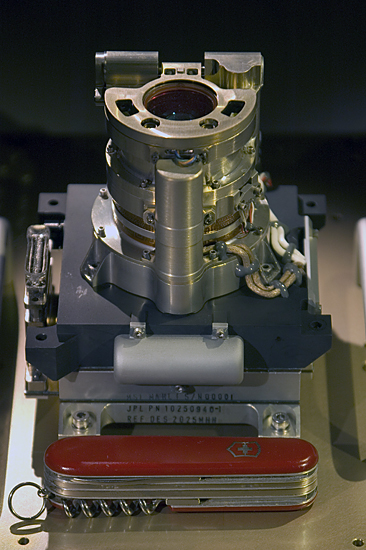
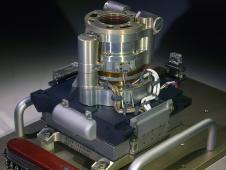
CHEMCAM
The Laser-induced Remote Sensing for Chemistry and Micro-Imaging will fire a laser from up to seven meters and provide a report of which elements make up the object. It can identify the rock type ( for example : sedimentary, volcanic, igneous ), recognize various liquids, and measure the amount oh hazardous chemicals. The CHEMCAM has two parts: the mast package and the body unit. The mast package includes a plasma laser, its own power source, and a connection to Curiosity's computer. The body unit will also include its own power supply and connection to Curiosity's computer.
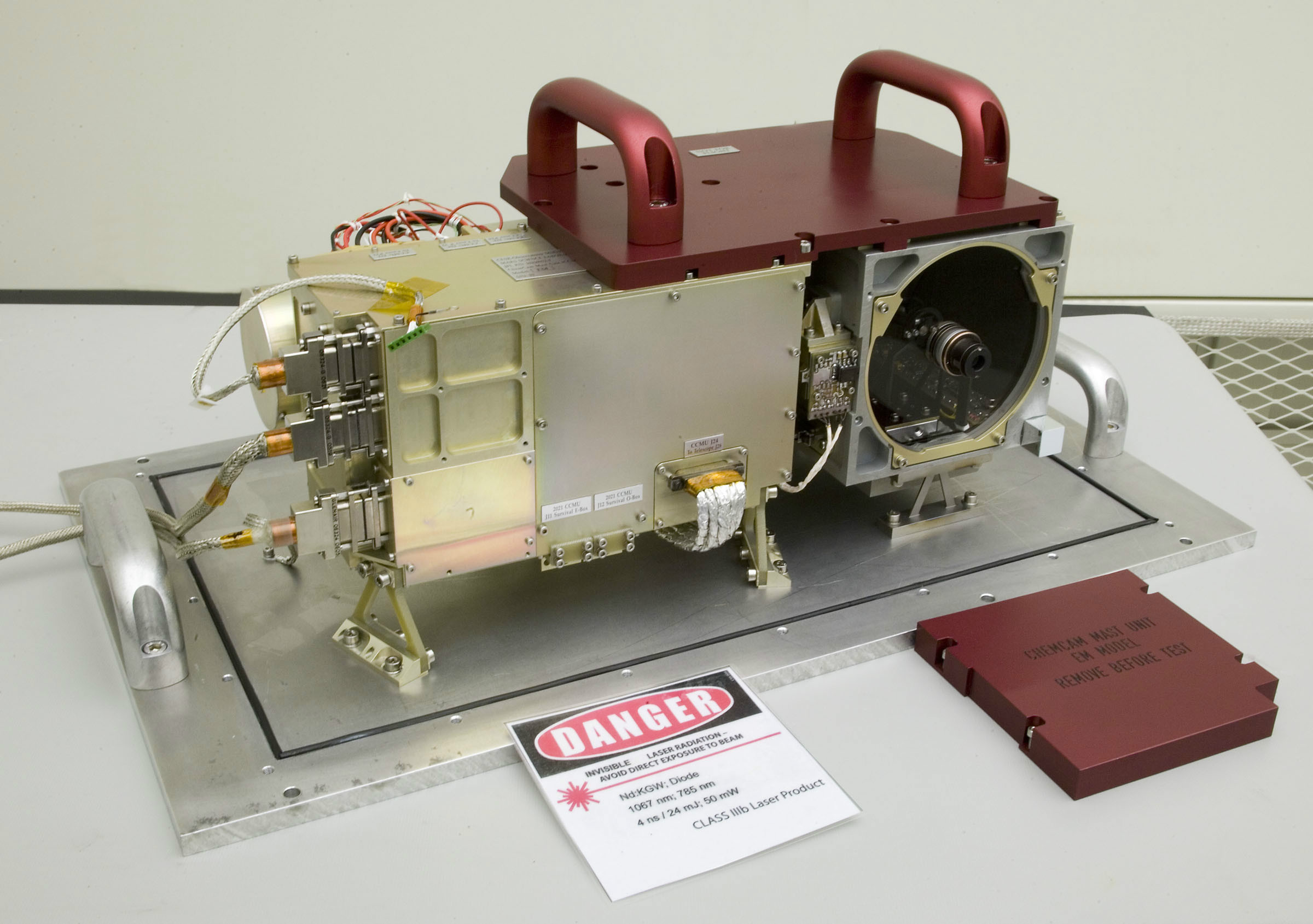
RAD
The Radiation Assessment Detector is an energetic particle analyzer designed to record the radiation lvel at Mars. It prepares for the future because if people ever come to Mars, too much radiation could kill them, so its main role is to find out whether the radiation level is safe enough or not for living organisms. The RAD will be turned on early to measure the radiation particles from solar flares. This RAD was specially customized to measure Mars' radiation level.
